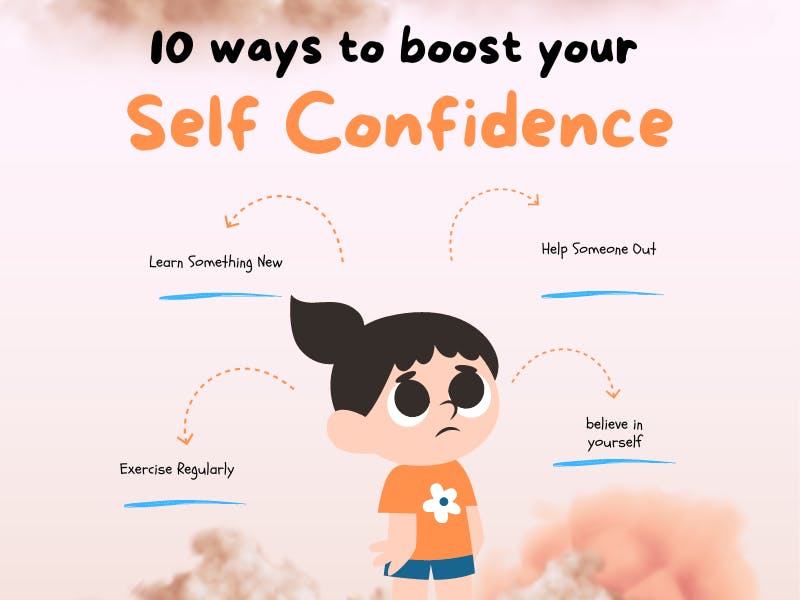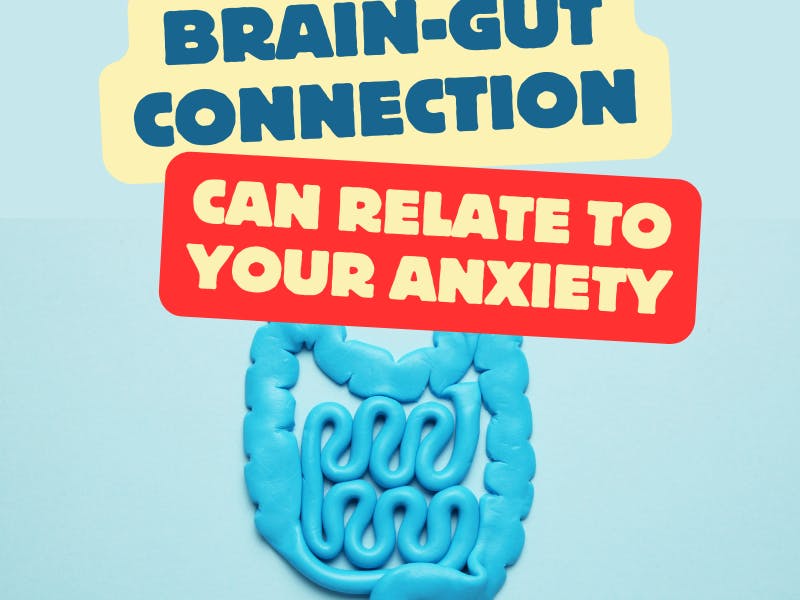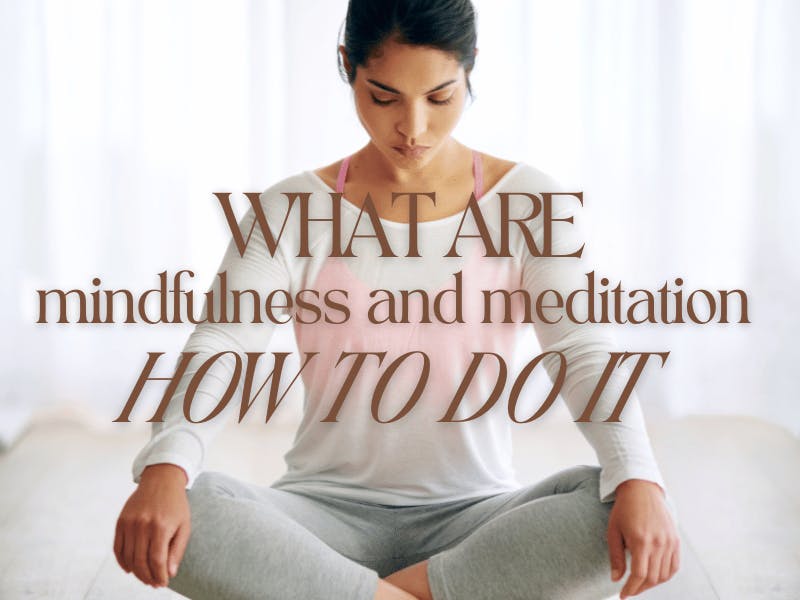
Notice the Anxiety Spiral That Might Have Happened to You
May 17, 2024
Anxiety Is What We All Have Experience In
Anxiety is a universal human experience, manifesting in moments of stress, uncertainty, and change. While it is completely natural to encounter anxiety in various forms and intensities, there are instances where it spirals out of control, transforming from a transient feeling into a persistent and overwhelming force. This phenomenon, known as the anxiety spiral, can ensnare individuals in a relentless loop of worry and fear, often without them even noticing. In this article, we will explore the intricacies of the anxiety spiral, offering insights on how to detect its insidious onset, strategies to disentangle oneself from its grips, and guidance on managing its presence in our lives for long-term mental well-being.
The Anxiety Spiral
The anxiety spiral can begin with a single anxious thought or trigger. This initial worry can quickly escalate as one anxious thought leads to another, each more distressing than the last. This cycle of anxiety can be so intense that it becomes debilitating, affecting a person's ability to function in daily life. The spiral is often characterized by catastrophic thinking, where the individual imagines the worst possible outcomes in any situation.
All Beginnings Are Difficult
It is not easy to be aware of the anxiety spiral in you. Anxiety spirals can be subtle and gradual, making it hard to pinpoint the exact moment when normal concerns escalate into excessive worries.

How to Notice an Anxiety Spiral
Recognizing the onset of an anxiety spiral is key to managing it effectively. Here are some signs to look out for:
- Escalating Worries: Pay attention to your thoughts. If you notice them becoming increasingly negative and building upon each other, this could be the beginning of an anxiety spiral.
- Physical Symptoms: Anxiety often manifests physically. Symptoms such as rapid heartbeat, sweating, trembling, or shortness of breath can all indicate rising anxiety levels.
- Behavioral Changes: Procrastination, avoidance, or obsessive behaviors can all be signs that anxiety is taking hold.
- Emotional Overwhelm: Feeling suddenly overwhelmed, helpless, or hopeless can signify that you are caught in an anxiety spiral.
Breaking Free from the Anxiety Spiral
Interrupting the anxiety spiral requires both physical and mental strategies. Here are some techniques to help you break free.
- Mindfulness and Grounding Techniques: Engage in mindfulness practices that bring your focus to the present moment. Techniques like deep breathing, progressive muscle relaxation, or grounding exercises (like the 5-4-3-2-1 method) can help calm your mind and body.
- Cognitive Restructuring: Challenge your anxious thoughts. Ask yourself if your worries are based on facts or assumptions and consider more balanced perspectives.
- Lifestyle Adjustments: Regular exercise, healthy eating, and adequate sleep can significantly impact your anxiety levels.
- Manage Triggers: Identify and, if possible, minimize exposure to situations or stimuli that trigger your anxiety.
Dealing with Anxiety in the Long Term

Managing anxiety is an ongoing process. Here are some ways to deal with anxiety over the long term
- Therapy: Consider talking therapies like cognitive-behavioral therapy (CBT), which can help you understand and change patterns of anxious thinking.
- Medication: In some cases, medication may be appropriate to manage anxiety symptoms. Consult with a healthcare professional to explore this option.
- Support Networks: Build a support network of friends, family, or support groups who understand what you're going through.
- Stress Management Techniques: Develop a toolkit of stress management techniques that work for you, whether that's journaling, yoga, or creative pursuits.
Anxiety spirals can be overwhelming, but with the right tools and support, they can be managed and overcome. By learning to notice the signs of an anxiety spiral, implementing strategies to break free from it, and adopting long-term coping mechanisms, you can regain control over your anxiety and lead a more balanced life. Remember, if your anxiety feels unmanageable, seeking professional help is a strong and positive step towards recovery.




